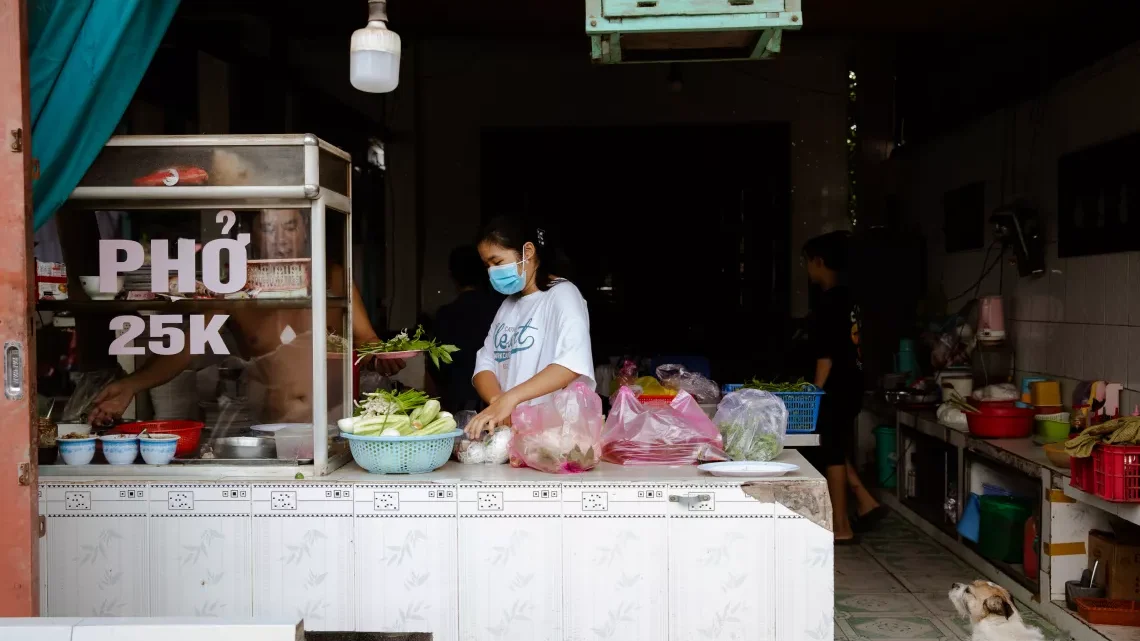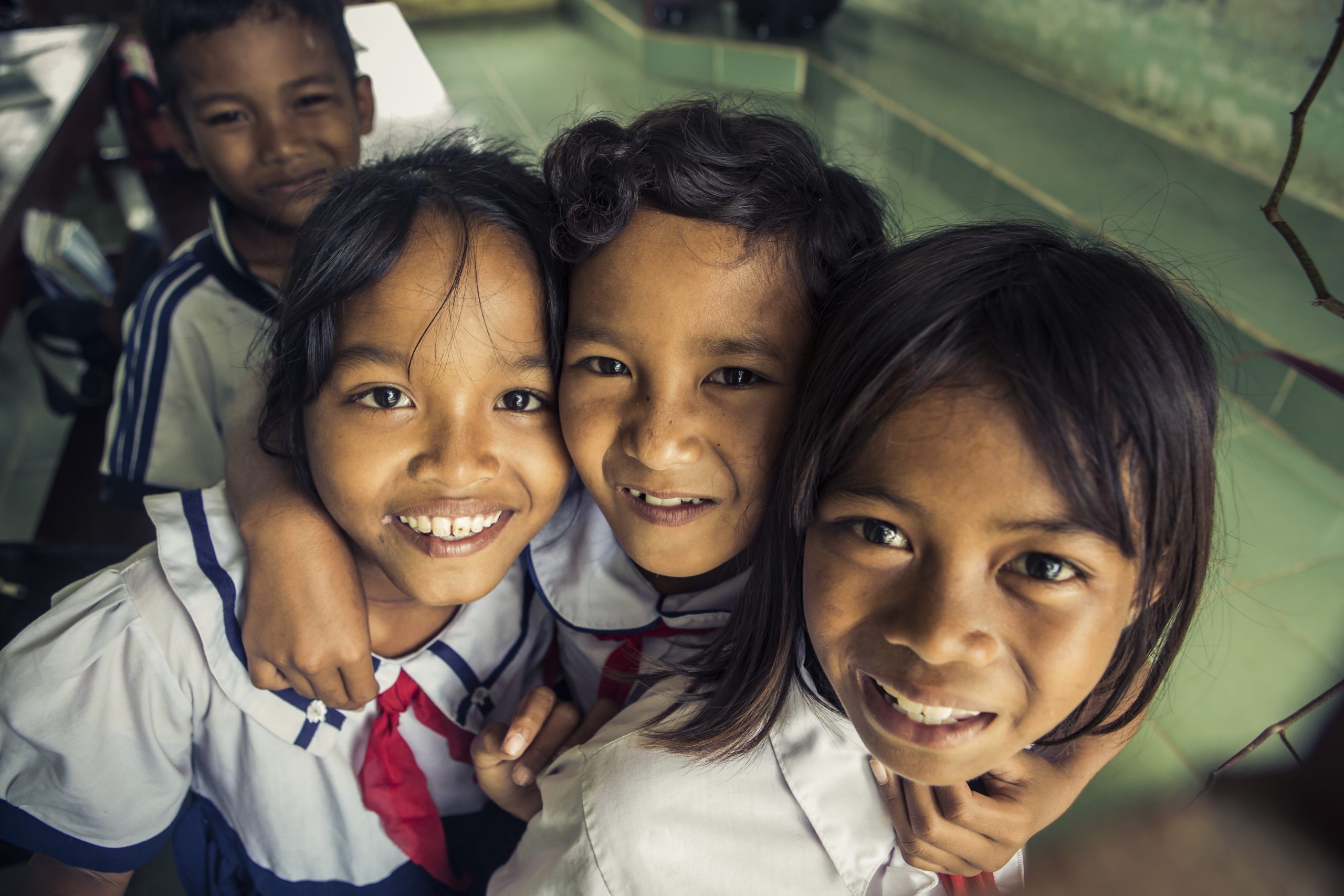Context, challenges, and approaches
Vietnam has made striking economic gains between 2002 and 2014, poverty came down from almost 39% to 3%. Social development has been an integral part of the country’s economic growth. Vietnam achieved many Millennium Development Goals (MDGs), especially the eradication of extreme poverty and hunger, universal primary education, and promotion of gender equality. However, development has not been even across the country and has resulted in a large rural/urban divide and inter-regional disparities, with ethnic minorities and poor rural to urban migrants struggling to make ends meet in the fast-growing urban centres.
Rural to urban migrants
Migrant worker families come from different rural regions, such as Dong Thap. This province in the Mekong Delta is highly prone to climate change, especially prolonged flooding and is experiencing high levels of out-migration especially to Ho Chi Minh City (HCMC). Also, children and elderly are often left behind, as young people and adults move away from agriculture to the city to search for work.
In Ho Chi Minh City, 36% of the population are internal (rural to urban) migrants. Families live in small rooms in slum areas, with a temporary resident status and lacking permanent registration (‘Ho khau’ in Vietnamese). If a household lives in a system outside its Ho khau, they may be unable to access schools and government services or are forced to pay a higher rate – an extra burden that vulnerable poor internal migrants are unable to bear. These children are at high risk of not attending school and thus entering different forms of labour. In addition to lack of resident registration or missing birth certificates, there are many other social factors which affect children’s education such as bullying, violence in school, and unfriendly learning environments where corporal punishment is still common.


Risk of dropping out of school
The risk of dropping out of school is high for left-behind children, but also for those migrating from rural areas to the city. Dropout rates at the upper secondary level (age 15-17) are especially high. Dropout adolescents miss out on a lack of career orientation, life skills and vocational training. Therefore, they have limited access to quality and decent working environments.
It is in these circumstances that reducing school dropout numbers and eradicating any form of child labour has become one of the focus points for national and local government and NGOs alike. Under the WNCB programme, UNICEF and Save the Children have been teaming up with the Ministry of Education and Training, the Ministry of Labour, Invalid and Social Affairs, local government, and other civil society organisations.
Combining system strengthening cooperation with in-community experience
Combining the approaches and strengths of the two organisations under the WNCB programme has led to a continuous cycle in which strategic and legal policy development and executive and hands-on experience feed each other, continuously leading to significant and sustainable changes.
Whilst UNICEF closely co-operates with national government, working towards policy change, capacity building and the development of psychosocial help models, Save the Children is very active within the communities, especially in and around HMC, in areas where the risk of school dropout is highest. Models and training methods that Save the Children has developed and successfully applied within the communities, creating child friendly learning environments in schools and vocational training centres, have helped in many ways as concrete examples in the advocacy efforts by UNICEF. The other way around, UNICEF’s policy focused efforts, such as its recent successful plea for a ‘national force’ of psychosocial consultants (one counsellor per school throughout the whole country), has created the necessary conditions for sustainably supporting and strengthening for many of the changes that Save the Children has been implementing.
In the rest of the story below, we will zoom in on the steps taken by Save the Children and UNICEF and describe some of the changes that have been achieved under the WNCB programme.

